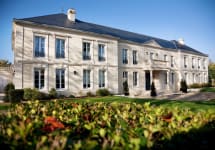Chateau Malartic-Lagraviere 2016
-
James
Suckling -
Wine
Enthusiast - Decanter
-
Jeb
Dunnuck -
Wine
Spectator -
Robert
Parker -
Connoisseurs'
Guide



Product Details
Your Rating
Somm Note
Winemaker Notes
Blend: 53% Cabernet Sauvignon, 40% Merlot, 4% Cabernet Franc, 3% Petit Verdot
Professional Ratings
-
James Suckling
I love the deep and complex nose, in which the cassis and mint of cabernet sauvignon are beautifully married to the more generous blackberry of ripe merlot and the vanilla and toasty notes from the oak are marvelously integrated. On the palate it creeps up on you slowly; the first impression is ripe yet delicate, then the fine-grained tannins charge through and light up the sky. Very long finish. Drink or hold.
-
Wine Enthusiast
Beautifully wood aged, with subtle hints of spice, this is an elegant, textured wine, ripe with white fruit tones and layered with intense, fresh acidity. Its bright highlights are tempered by warm fruitiness and by the mineral texture that promises aging.
Cellar Selection -
Decanter
The colour is rich and deep but with luminosity that gives nuance and fresh air. It's a lovely 2016, poised but not as powerful as some in the vintage, yet every inch the sophisticated reflection of the appellation. Restrained grilled berry fruits take their time to unfurl. It's still very closed but the liquorice and slate notes become clearer after 10 minutes in the glass, and the wine has already deepened in the few years since bottling. 3% Petit Verdot completes the blend.
-
Jeb Dunnuck
As to the red, the grand vin is the 2016 Château Malartic-Lagravière (53% Cabernet Sauvignon, 40% Merlot, and the balance Cabernet Franc and Petit Verdot). Aged in 80% new barrels and hitting 13.5% natural alcohol, it offers a deep purple color with beautiful cassis, tobacco, crushed rocks, and subtle incense aromas and flavors. Balanced, medium to full-bodied, and straight-up seamless on the palate, it’s another brilliant Graves that offers ample pleasure today yet will keep for 20+ years or more.
-
Wine Spectator
Ripe and fresh, with bright cherry, plum and currant pâte de fruit flavors that have a racy edge while roasted apple wood, sweet tobacco and red licorice notes fill in through the lengthy finish. Thoroughly delicious, and approachable now or capable of some cellaring. Drink now through 2030.
-
Robert Parker's Wine Advocate
The 2016 Malartic Lagraviere is blended of 53% Cabernet Sauvignon, 40% Merlot, 4% Cabernet Franc and 3% Petit Verdot. Medium to deep garnet-purple in color, it opens with wild blueberries and black cherries with cassis, bay leaves and dark chocolate nuances plus a hint of charcoal. Medium-bodied with a lively backbone and solid frame of ripe, rounded tannins, it finishes with an herbal lift.
-
Connoisseurs' Guide
Doing a very nice balancing act at being potent and polished at one and the same time and showing a nice sense of sophistication, even if fairly on long juicy richness, this wellfruited working smacks of currants and berries and ripe cherries with scant hints of dried herbs and loam lending it a good bit of complexity. It is supple to start and slightly firm at the finish with fine fruity persistence, and, while it is not tough or overly tannic, neither is it a wine that should be opened and poured without a minimum wait of some four to six years.
Other Vintages
2024-
James
Suckling - Vinous
-
James
Suckling - Decanter
- Vinous
-
Jeb
Dunnuck -
Robert
Parker
-
Jeb
Dunnuck -
James
Suckling - Decanter
-
Wine
Spectator -
Robert
Parker
-
Wine
Enthusiast -
James
Suckling - Decanter
- Vinous
-
Jeb
Dunnuck -
Robert
Parker
-
Wine
Enthusiast -
Jeb
Dunnuck -
James
Suckling - Decanter
-
Robert
Parker -
Wine
Spectator
-
James
Suckling -
Wine
Enthusiast -
Jeb
Dunnuck - Decanter
-
Wine
Spectator -
Robert
Parker -
Wilfred
Wong
-
Wine
Enthusiast - Decanter
-
Wine
Spectator -
Jeb
Dunnuck -
James
Suckling -
Robert
Parker
-
Wine
Enthusiast - Decanter
-
James
Suckling -
Wine
Spectator -
Jeb
Dunnuck -
Robert
Parker
- Decanter
-
James
Suckling -
Wine
Enthusiast -
Robert
Parker -
Wine
Spectator -
Jeb
Dunnuck
-
Wine
Enthusiast -
James
Suckling - Decanter
-
Wilfred
Wong -
Robert
Parker -
Tasting
Panel -
Jeb
Dunnuck -
Wine
Spectator
-
Robert
Parker -
Wine
Enthusiast -
James
Suckling -
Wilfred
Wong -
Wine
Spectator
-
Wine
Enthusiast -
Wine
Spectator -
Robert
Parker
- Decanter
-
James
Suckling -
Robert
Parker -
Wine
Enthusiast -
Wine
Spectator
-
Wine
Enthusiast -
James
Suckling -
Wine
Spectator -
Robert
Parker
-
Wine
Enthusiast -
Robert
Parker
-
Wine
Enthusiast -
Robert
Parker
-
Wine
Enthusiast -
Robert
Parker -
Connoisseurs'
Guide -
Wine
Spectator
-
Robert
Parker
-
Robert
Parker
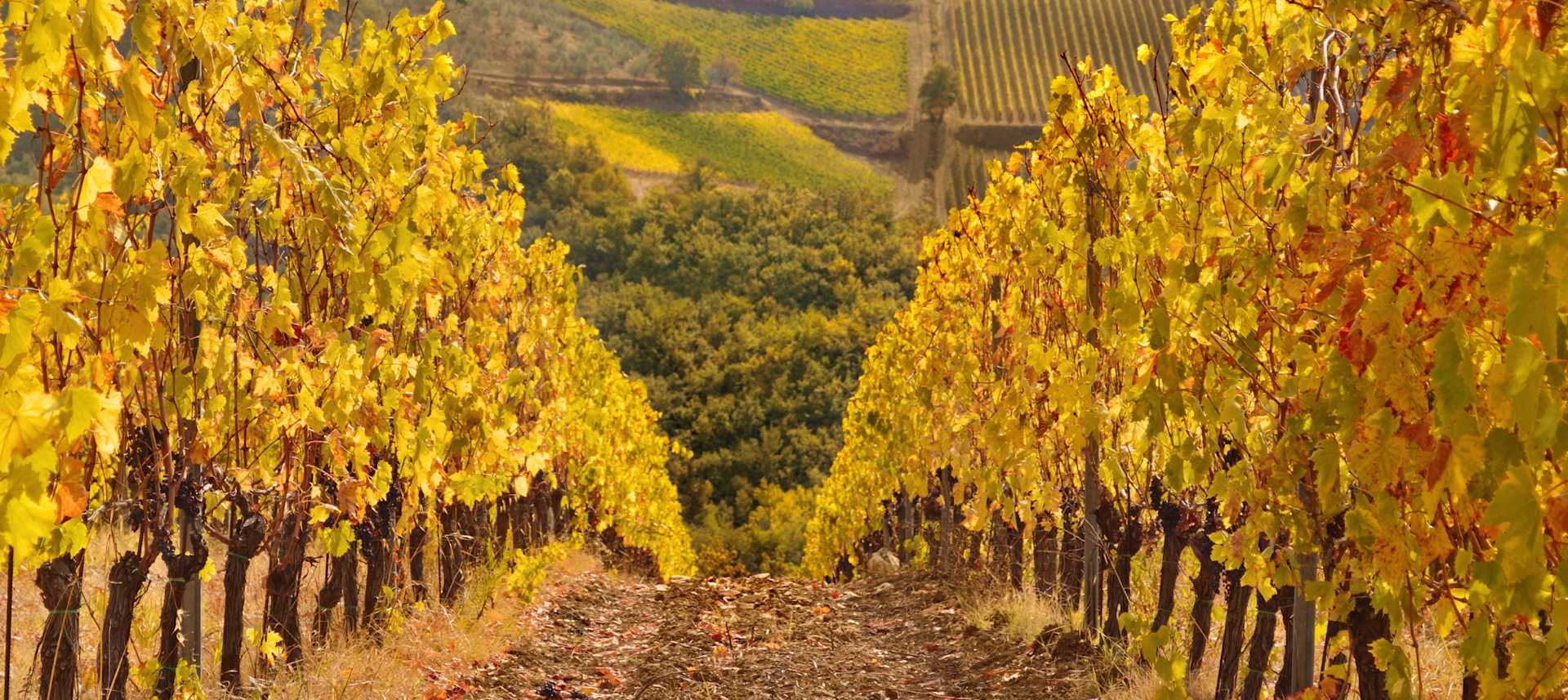
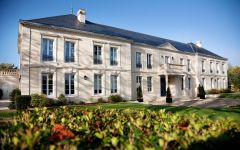
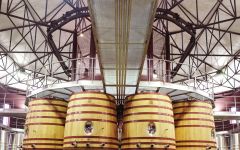
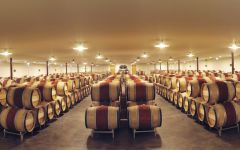
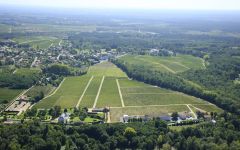

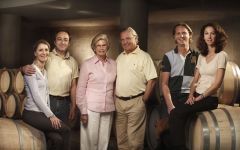

Since acquiring Château Malartic-Lagravière in 1997, the Bonnie family has continued to work tirelessly, with passion and commitment, to perfect the estate’s wines and carry them to the highest level.
The estate used to belong the family of Comte Hippolyte Maurès de Malartic, was known under the name of Domaine de la Gravière until 1850, when it changed name to take on its current name of Château Malartic-Lagravière. The Bonnies and their team are doing everything to enable this premium terroir to express itself in all its magnificence: intra-plot management of the vineyard, High Environmental Value certification and the whole winemaking process is gravity-fed. They develop complex, balanced, elegant wines, so tailored they can be considered ‘haute-couture’.
Château Malartic-Lagravière is one of the only six classified growths both for its red and white. Its wines are well known all over the world amongst the very best wines in the Pessac-Léognan appellation.

One of the world’s most classic and popular styles of red wine, Bordeaux-inspired blends have spread from their homeland in France to nearly every corner of the New World. Typically based on either Cabernet Sauvignon or Merlot and supported by Cabernet Franc, Malbec and Petit Verdot, the best of these are densely hued, fragrant, full of fruit and boast a structure that begs for cellar time. Somm Secret—Blends from Bordeaux are generally earthier compared to those from the New World, which tend to be fruit-dominant.

Recognized for its superior reds as well as whites, Pessac-Léognan on the Left Bank claims classified growths for both—making it quite unique in comparison to its neighboring Médoc properties.
Pessac’s Chateau Haut-Brion, the only first growth located outside of the Médoc, is said to have been the first to conceptualize fine red wine in Bordeaux back in the late 1600s. The estate, along with its high-esteemed neighbors, La Mission Haut-Brion, Les Carmes Haut-Brion, Pique-Caillou and Chateau Pape-Clément are today all but enveloped by the city of Bordeaux. The rest of the vineyards of Pessac-Léognan are in clearings of heavily forested area or abutting dense suburbs.
Arid sand and gravel on top of clay and limestone make the area unique and conducive to growing Sémillon and Sauvignon blanc as well as the grapes in the usual Left Bank red recipe: Cabernet Sauvignon, Merlot, Cabernet Franc and miniscule percentages of Petit Verdot and Malbec.
The best reds will show great force and finesse with inky blue and black fruit, mushroom, forest, tobacco, iodine and a smooth and intriguing texture.
Its best whites show complexity, longevity and no lack of exotic twists on citrus, tropical and stone fruit with pronounced floral and spice characteristics.
